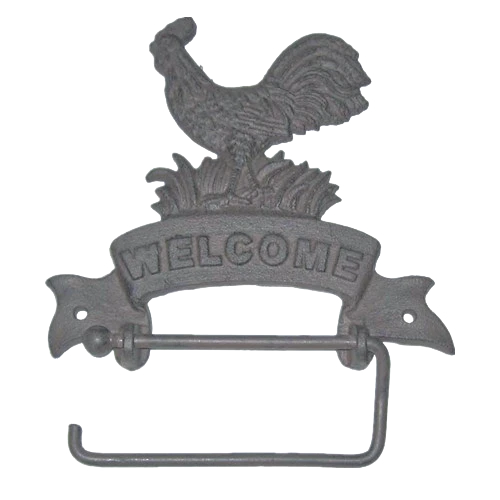Mobile:+86-311-808-126-83
Email:info@ydcastings.com
English
aluminum billet casting
Aluminum Billet Casting An Overview
Aluminum billet casting is a crucial process in the manufacturing industry, serving as a fundamental step in the production of various aluminum products. In simple terms, the casting of aluminum billets involves pouring molten aluminum into molds to create solid, bar-like structures known as billets. These billets can then be further processed through extrusion, forging, or machining to create finished components used across a multitude of applications.
Aluminum Billet Casting An Overview
After the aluminum is molten, it is poured into precisely engineered molds. These molds can vary in size and shape depending on the final product requirements. Depending on the volume needed, the casting can be performed using methods such as continuous casting or direct chill casting. Continuous casting produces long lengths of billets that can be cut to size later, while direct chill casting typically results in shorter lengths with enhanced mechanical properties.
aluminum billet casting

Cooling is another critical phase in the casting process. Once poured, the molten aluminum cools and solidifies, forming the billets. The cooling rate can influence the grain structure of the aluminum, which in turn affects its mechanical properties. Controlled cooling methods are often employed to ensure uniformity and quality in the finished product.
After cooling, the billets undergo additional processes such as trimming and surface treatment to remove any imperfections and prepare them for subsequent manufacturing steps. The resulting aluminum billets can be used in various industries, including aerospace, automotive, and construction. Their lightweight yet durable nature makes them ideal for applications ranging from structural components to intricate machine parts.
In conclusion, aluminum billet casting is a foundational technique that underpins a wide range of manufacturing processes. As industries continue to seek lightweight, strong materials, the importance of efficient and quality-driven aluminum casting remains ever relevant. Advances in casting technologies and materials science promise to enhance the performance and applications of aluminum billets, ensuring they remain a vital resource in modern manufacturing.











